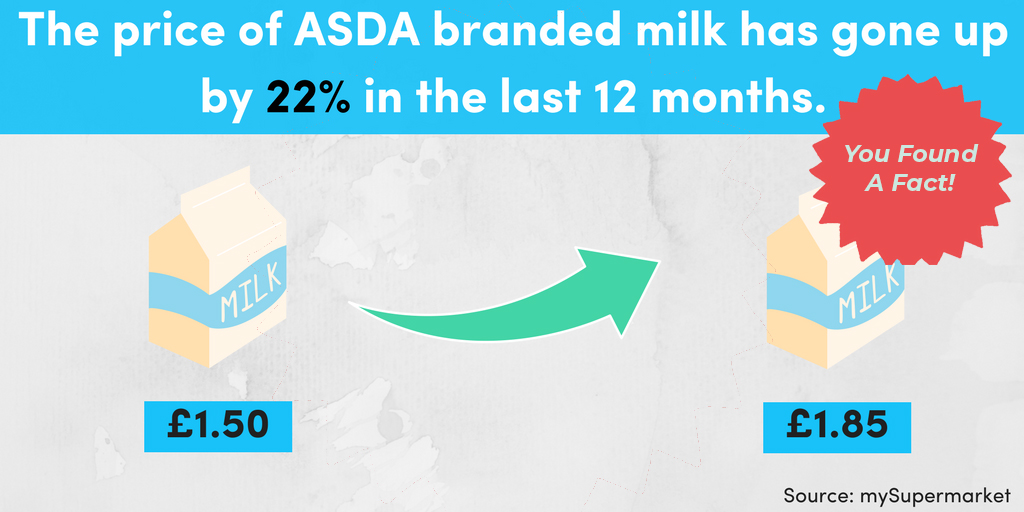What is the ‘cost of living’?
The cost of living is a measure of how much money it costs to live a fairly average quality of life. We often talk about the cost of living between different places, like the difference between cities or the difference between countries. Tokyo, the capital of Japan, apparently has the highest cost of living in the world— that means it costs more money to maintain an average quality of life in Tokyo than any other city or country in the world.¹
Economists measure the cost of living by looking at different cities or countries and adding up the prices of the goods that people need to live an average life— food, housing, transport, energy and healthcare and taxes.² They then look to see where prices are on the whole are the most expensive.
However comparing prices in this way is not actually as easy as it might first seem. Firstly, the kind of things people buy across the world changes a lot based on differences in culture – so it’s difficult to assess what prices should be compared to get a good sense of the average cost of living across different countries. So things that might seem essential to a French person – wine, camembert, and a baguette – wouldn’t ever be on the shopping list of someone in a different country.

The way economists have tried to work around this problem is to choose one list of what they call a ‘basket’ of goods and services that most people across the world need and then compare the prices of this list or bundle across countries.
One of the confusions around the cost of living, is that measuring the cost of living is taken to be the same as measuring well being.³ But there’s a big difference between somewhere having a high cost of living and it being a bad place to live.
One reason for this is because cost of living indices don’t look at are what people earn. In Tokyo you are going to earn a lot more than in India, so while everything is more expensive, you will probably have a much higher wage to spend. Also, places which show up as very low on cost of living indices can be really lacking in other important things that makes life enjoyable and pleasant. For example, the environmental conditions might be really bad— again Indian cities have some of the worst air pollution in the world. Or the society might be suffering from high levels of inequality, poverty and crime. Cost of living indices also don’t look at what services are provided for free by the government or communities, such as access to clean water and sanitation, the education system, and access to cultural and the arts.
So though it’s a useful measure, cost of living is only looking at the true cost of our day from the consumer perspective – to get a full picture of wellbeing in one country versus another, you’ll need a bit more information.



